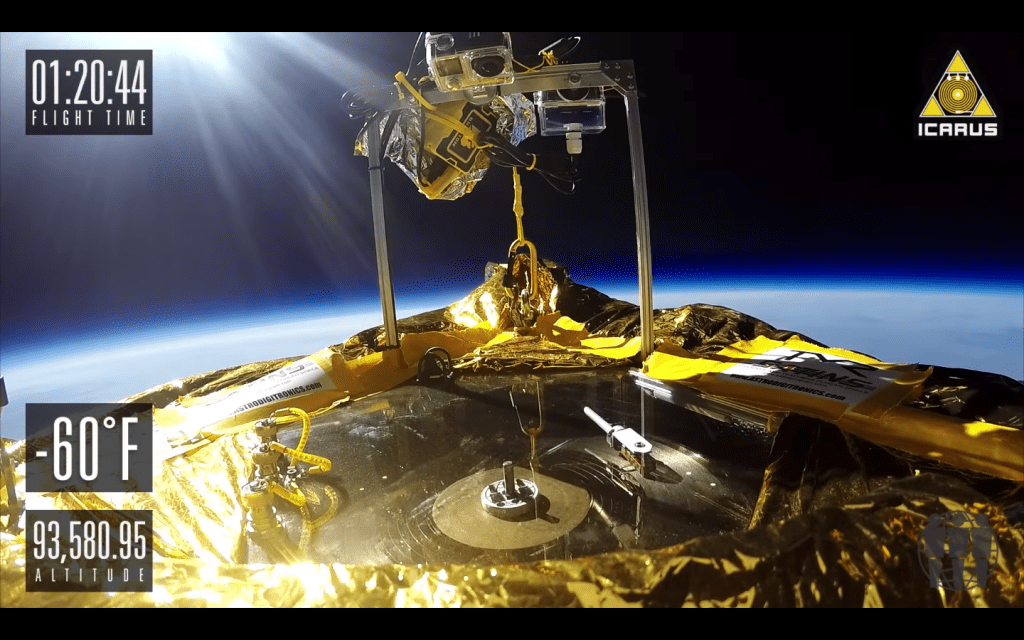If you’re a music connoisseur, then the vinyl probably has few secrets for you. But even if you’ve spent countless afternoons enjoying the delightful tunes, you haven’t probably looked at the vinyl and stylus through a microscope. Here’s a neat view of just that – a stylus going on a vinyl magnified a thousand times.

The image is so zoomed in that you can actually see how the etched grooves interact with the needle. In case you don’t know how this technology works, it’s extremely ingenious. A typical record player has a stylus that bumps depending on the shape of the groove of a vinyl (plastic) disc. The stylus is actually tiny crystal of sapphire or diamond mounted at the very end of a lightweight metal bar. As the crystal vibrates in the groove, its microscopic bounces are transmitted down the bar. The stylus also features a piezoelectric crystal at the other end of the bar. As the vibrations are transmitted, the metal bar presses against the crystal and, each time it moves, it wobbles the crystal slightly, generating an electrical signal. These signals are fed out to the amplifier to make the sounds you hear through your speakers or phones.

Below, you can see a record being played under a microscope, with no sound though:
Image source: A Twitter account which only posts Microscopic Images.





